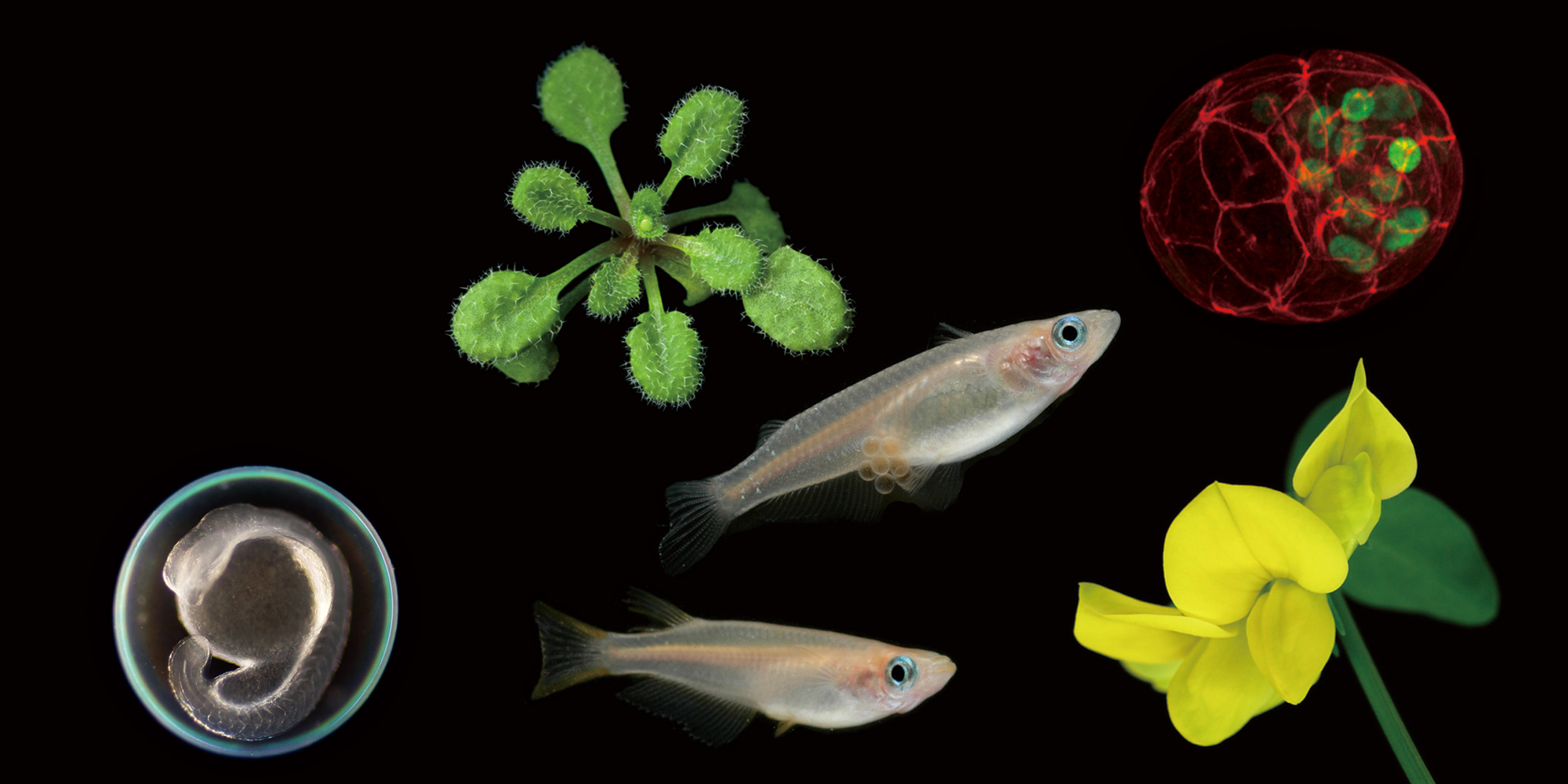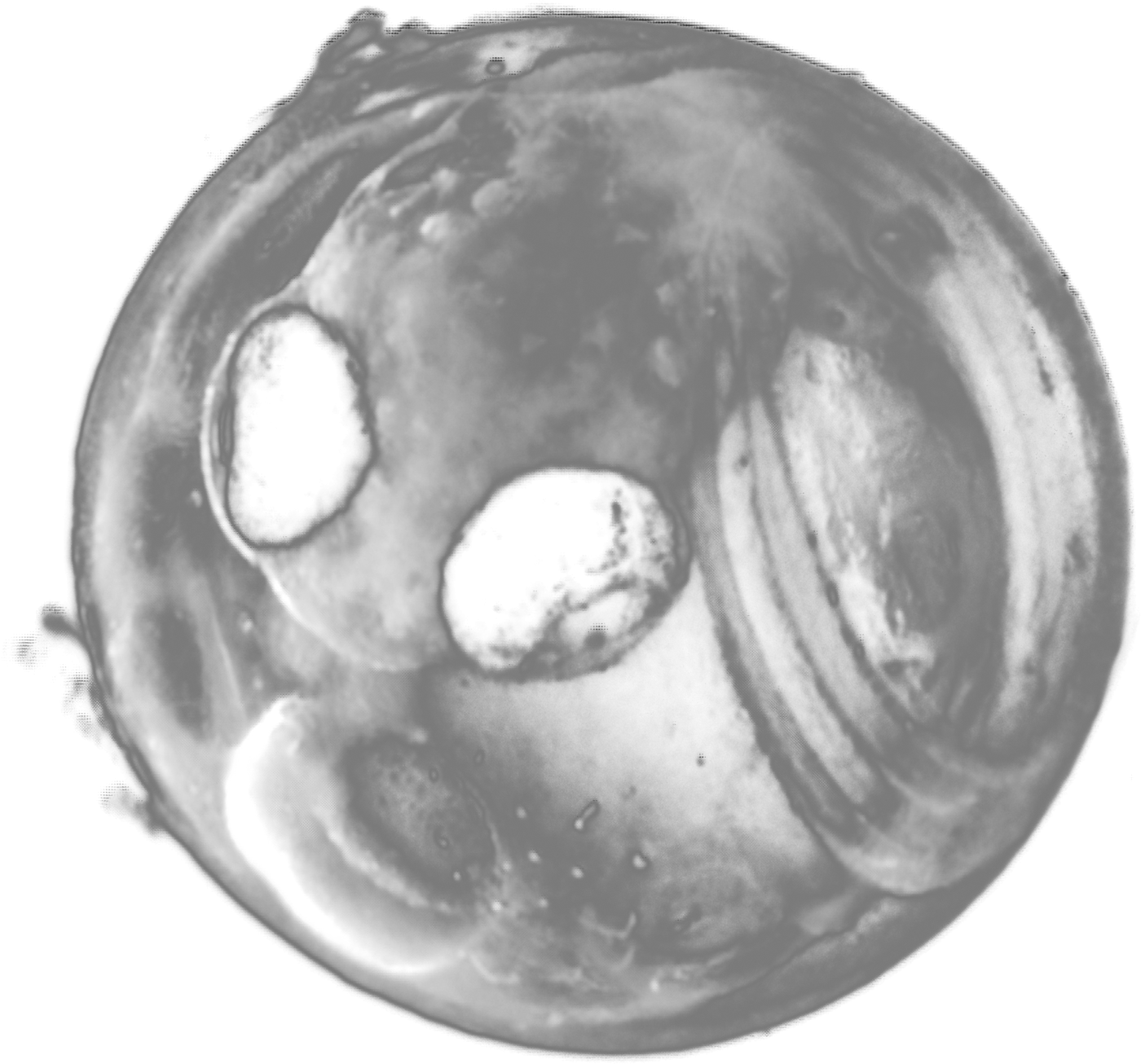SpeakerNan GU the Special Inter-University Researcher in Division of evolutionary Biology, NIBB (Graduate student in Huazhong Agricultural University)
Date
2020. 08. 07 (Fri) 16:00
~ 17:00
ContactLab. Evol. Biol. Mitsuyasu Hasebe(7546)
Details
DNA damage can result from intrinsic cellular processes and from exposure to stressful environments. Such DNA damage generally threatens genome integrity and cell viability. However, here we report that the transient induction of DNA strand breaks (single strand breaks, double strand breaks, or both) in the moss Physcomitrella patens can trigger the reprogramming of differentiated leaf cells into stem cells without cell death. After intact leafy shoots (gametophores) were exposed to zeocin, an inducer of DNA strand breaks, the STEM CELL-INDUCING FACTOR 1 (STEMIN1) romoter was activated in some leaf cells. These cells subsequently initiated tip growth and underwent asymmetric cell divisions to form chloronema apical stem cells, which are in an earlier phase of the life cycle than leaf cells and have the ability to form new gametophores. This DNA strand break-induced reprogramming required the DNA damage sensor ATR kinase, but not ATM kinase, together with STEMIN1 and closely related proteins. ATR was also indispensable for the induction of STEMIN1 by DNA strand breaks. Our findings indicate that DNA strand breaks, which are sually considered to pose a severe threat to cells, trigger cellular reprogramming towards stem cells via the activity of ATR and STEMINs.







